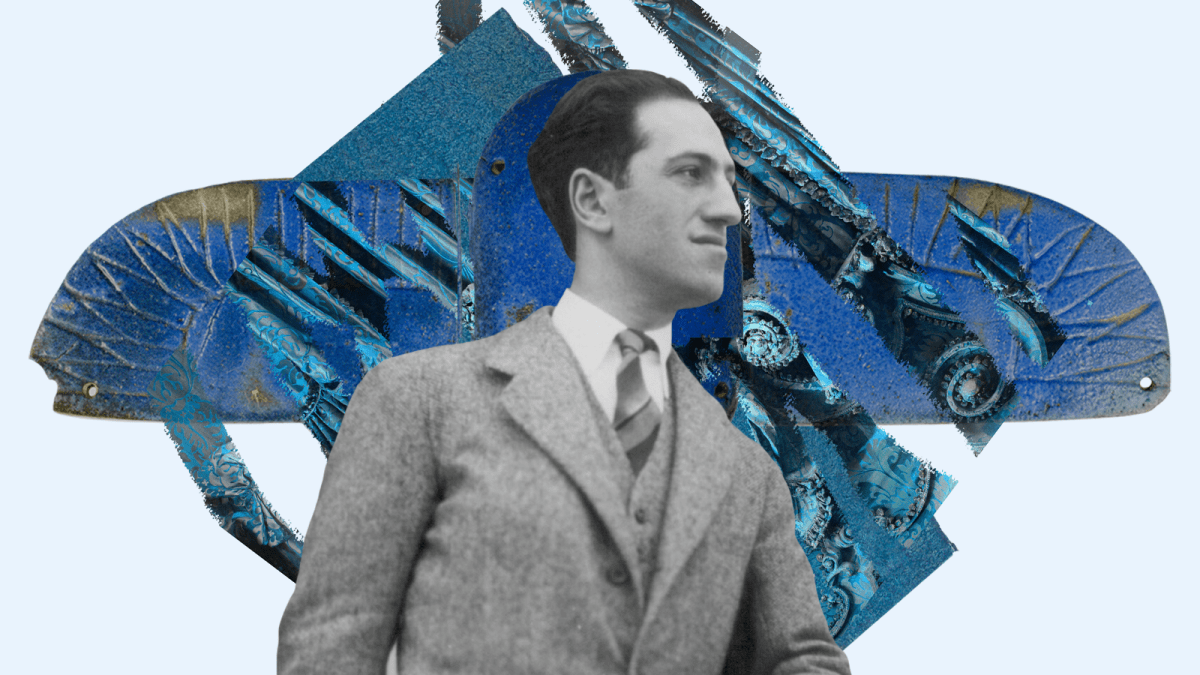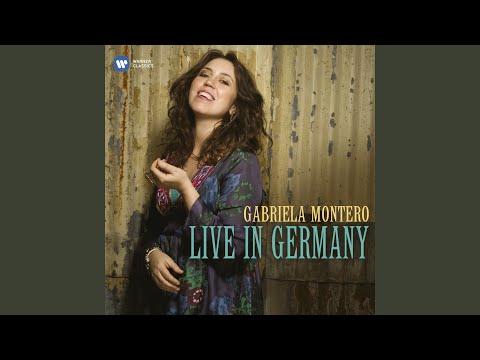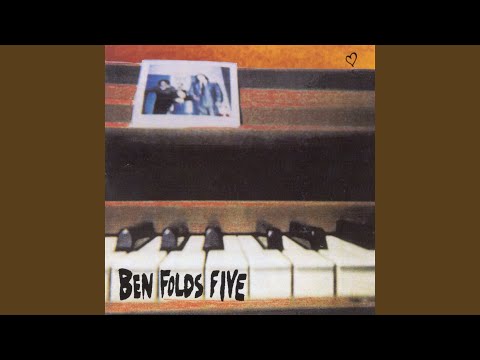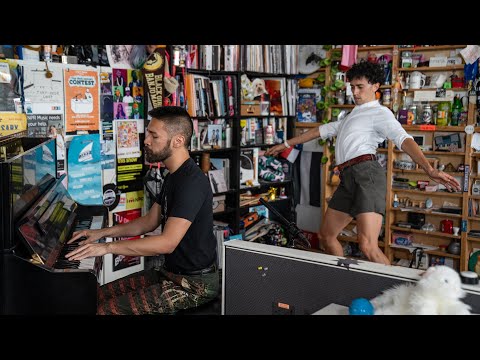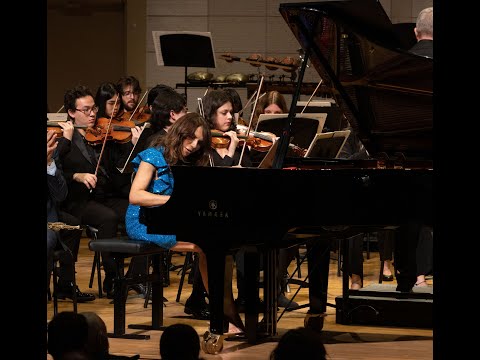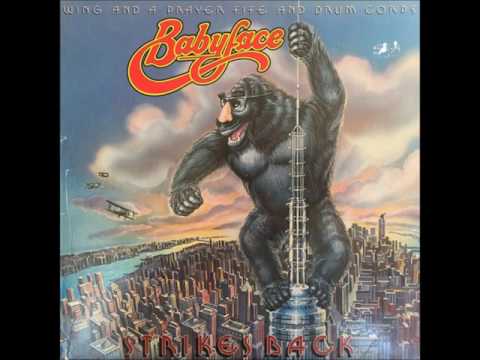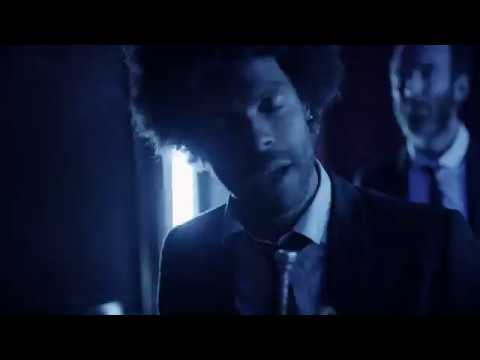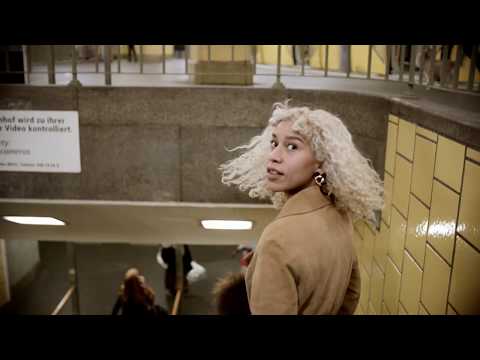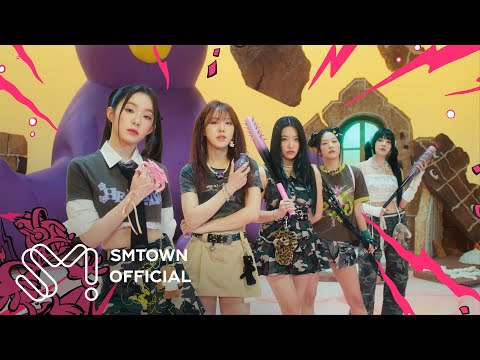Over the last few months, I found myself unexpectedly steeped in George Gershwin’s “Rhapsody in Blue” while working on “American Rhapsody,” a documentary about the work’s centennial for BBC Radio 3. Part of me said yes to the project because I thought that it would be a nice diversion from the dumpster fire of real life to spend some time absorbed in a fun piece of music that doesn’t simultaneously demand engagement with social, cultural, and political issues.
To paraphrase another Gershwin tune, that ain’t necessarily so.
“Rhapsody in Blue,” which premiered at New York’s Aeolian Hall on February 12, 1924, is a work entirely enmeshed in the anthropology of its time. To treat it as an absolute musical experience devoid of context is to shut out Gershwin’s own intents with the work: “I heard it as a sort of musical kaleidoscope of America,” he told journalist Isaac Goldberg, “of our vast melting pot, of our unduplicated national pep, of our metropolitan madness.”
The piece certainly became a musical shorthand for America—or, at least a particular version of America (see: United Airlines, the 1988 Summer Olympics, “Fantasia 2000”). Like a Bob Dylan or Leonard Cohen song, it’s adaptable to various circumstances, arrangements, and remixes. What follows is a collection of some of those reflections and refractions of the piece, as well as works that build on Gershwin’s theme of a portrait of where we are as a country, one hundred years later.
Gabriela Montero: Improvisation on Gershwin’s “Rhapsody in Blue” (2010)
Recorded in 2010 across a series of concerts in Frankfurt, Düsseldorf, Hamburg, Berlin, and Hannover, “Live in Germany” captures pianist Gabriela Montero in her element as an improviser. “It was my own personal, musical world; my world of imagination,” she tells one of these audiences from the stage, before asking for suggestions of a theme on which she can riff. A man in the audience hums the Ritornello theme of “Rhapsody,” and Montero takes off.
The result is almost unrecognizable if you aren’t listening for the exact notes. It sounds more like something Bach would have hammered out on a quiet evening. At times, Montero dips her toe into the waters of “Korobeiniki,” the Russian folk song made famous as the theme to Tetris, and even the odd Christmas carol. But if you don’t believe this could have come from Gershwin’s original theme, listen up at two minutes and 22 seconds, and you’ll find the unmistakable melody coming to roost.
Ben Folds Five: “Philosophy” (1995)
Not so much a remix as it’s just a quote, but hearing “Philosophy” in high school—particularly the end of the song, in which Folds pounds out the Stride theme with an almost manic energy—was my first introduction to the ubiquity of “Rhapsody in Blue.”
Gershwin also exerted an early influence on Folds, whose own works straddle the divide between pop and classical venues. “You’ve got a guy who was a fantastic melodic writer, who became interested in the same way I’ve become interested in the opportunity to seize a classical audience by walking in and saying, ‘I can put asses on seats,’” he told The Evening Standard in 2015. “When they premiered his first piano concerto, he made a statement that was basically, ‘I don’t want you to think I’m trying to be Rachmaninoff or Prokofiev. They’re the real thing. This is me bringing you in, giving it a go.’ Then everyone thinks, ‘Great, all I have to do now is enjoy it, because he’s not trying to prove anything. He’s just playing music.’ That’s what I’ve been saying.”
Conrad Tao and Caleb Teicher: “Rhapsody in Blue” (2023)
Speaking of Bach and Gershwin, pianist Conrad Tao and dancer-choreographer Caleb Teicher combined the two composers for their 2023 Tiny Desk Concert, beginning with the first Goldberg variation and ending with “Rhapsody.” But Teicher’s part is more than visual; the clicks of their tap shoes become a sonic partner to Tao, each shuffle, flap, step, and stomp either complementing or contrasting the piano. They hold up a leg in order to get a sound effect out of just one shoe. They further the propulsion of the Train theme with rapid-fire time steps. They take over some of the piano notes in the finale.
Tao himself is incredible to watch in this as well. Apart from an irreproachable musicality, he gives an indefatigable physical performance of Gershwin, at times throwing down elbows to get in all that he has to say. If that’s not enough “Rhapsody” for you, Tao is writing his own companion piece to the work that’s set to premiere in Santa Rosa this spring.
The latest from VAN, delivered straight to your inbox
Lara Downes, Edmar Colón: “Rhapsody in Blue Reimagined” (2023)
For Gershwin’s, “Rhapsody” presented a musical portrait of America’s melting pot. But in 1924, the country introduced a landmark Immigration Act, limiting entry via quotas based on national origin. The State Department’s own Office of the Historian doesn’t mince words about the reasoning behind this: “In all of its parts, the most basic purpose of the 1924 Immigration Act was to preserve the ideal of U.S. homogeneity.”
Still, pianist Lara Downes’s grandfather was able to emigrate from Jamaica to Harlem that same year. “I really didn’t have that much connection with that part of my family,” Downes told me in an interview for “American Rhapsody.” “So in a weird way, this feels like another part of a puzzle that I keep trying to solve.” That puzzle—of one’s own identity and where we fit in the world we inhabit, especially those of us coming from multi-ethnic backgrounds—is central to Downes’s view of “Rhapsody,” which she describes as a “search for American identity and this attempt to define it in music at a time when that identity was itself so much in transition.”
This led to Downes, along with composer Edmar Colón, conceiving “Rhapsody in Blue Reimagined,” a piece that debuted last October in San Francisco with Downes at the piano alongside the San Francisco Conservatory of Music Orchestra, Great Wall Chinese Orchestra, Jeriel Sanjurjo, John Santos, and conductor Edwin Outwater. Colón expands Gershwin’s musical kaleidoscope, bringing out the hints of Afro-Caribbean and Latin instrumentation and rhythms from the original score. The Great Wall Chinese Orchestra introduces the Love theme, while also working in the traditional song “Jasmine Flower” (which will also be familiar if you’ve heard “Turandot”—Puccini worked the same melody into that score at around the same time that Gershwin was writing “Rhapsody”).
It’s an explosive work at more than double the length of Gershwin’s original, and it’s one that Downes sees as being mutable based on where it’s performed—“an investigation of, ‘Where does this piece connect to?…Where does my story enter into this iconic piece of American music?’” That could lead to different instrumentations between San Francisco, Austin, Nashville, and New York, making this piece one worth following.
Du Yun: “Ears of the Book” (2024)
Not every composer is on board with Gershwin’s ideal of a melting pot. “I don’t like the word ‘melting pot,’ because when you have a melting pot, it feels like anything goes. I feel that you lose the rigor,’” Du Yun told me. “As an artist, you really focus on who you are and your sense of self. Your sensibility should contain the world rather than the other way around.”
It seems to me Gershwin was doing exactly that with “Rhapsody,” synthesizing the world as he saw it through his artistic sensibility rather than imposing his sensibility on the world. If the latter also came to pass, well, the birth of the reader comes at the death of the author.
Du Yun is one of several composers I interviewed for “American Rhapsody” who have also been commissioned by The Knights for a multi-season project, also called “Rhapsody,” which marks the centennial of Gershwin’s work with new compositions that explore our world in this current moment. For “Ears of the Book,” a concerto premiered by The Knights and pipa virtuoso Wu Man last month at Carnegie Hall, Du Yun says she wasn’t inspired by the music of Gershwin itself, but—similarly to “Rhapsody in Blue”—the work does move in a series of polaroids, capturing ephemeral moments in time. Perhaps it’s because I’ve spent the last few months on a “Rhapsody” bender, but I also catch a whiff of Gershwin in this clip from Wu Man’s social media. Blame Roland Barthes.
Babyface: “Rhapsody in Blue” (1977)
I’d like to propose a classical music version of Rule 34: If a work exists, there will be a disco version of it (if not two). If you ever wondered what a cruise on the Love Boat would be like with Gershwin, here’s your answer.
Chris Thile: “Attention!” (2023)
Another entry in The Knights’s “Rhapsody” project comes courtesy of walking rhapsody Chris Thile. Like Gershwin, he has crafted a piece that is somewhat undefinable: Is it a concerto? A theatrical work? An extended cut from the variety radio show Thile hosts? Whatever we call it, it’s imbued with Thile’s effusive, enthusiastic, and at times ecstatic gestures, combining his talents as a mandolinist, singer, and performer as he swerves between a Spalding Gray-esque monologue, song breaks, and orchestral interludes with the showmanship of Robert Preston in “The Music Man.”
The opening movement, set at a recording merchandisers convention, where Thile and his band Nickel Creek are tasked with selling their latest CD, parallels Gershwin’s own time as a song-plugger in Tin Pan Alley, playing piano in a shop window to hock sheet music to passers-by. It has plenty of moments that capture America in 2024—from Carrie Fisher to Starbucks—but one of the most pointedly American lines comes from the opening movement: “I live for your attention.”
Anbessa Orchestra: “Rhapsody Remastered” (2018)
I hesitate to call United Airlines the king of “Rhapsody” remixes, but credit where it’s due: In 1987, the company agreed to a $300,000-a-year license on “Rhapsody in Blue,” a first for the work. They also negotiated the right to reorchestrate the piece, rearranging movements to suit their commercial aims. In The Cambridge Music Handbook on “Rhapsody in Blue,” David Schiff writes of this artistic license, “Apparently United chose the ‘Rhapsody’ more for its cultural resonances than for its actual notes.” If you’ve ever had a stopover in Chicago’s O’Hare Airport, United’s home base, you’ve likely heard the Enya-ified arrangement of the work that connects the airline’s two concourses. And if you’ve flown United, you’ve definitely heard the work go through several cultural permutations in its safety video.
Getting the most out of its investment, United approached the Brooklyn-based septet Anbessa Orchestra in 2018 as one of several commissions for its “Rhapsody Remastered” project. The music videos produced are cloak-and-dagger commercialism, but that doesn’t keep Anbessa (Amharic for “lion”) from going hard with an Ethiopian funk that calls to mind the ’70s grooves of Ayalew Mesfin.
Charlotte dos Santos: “Rhapsody Remastered” (2018)
I’m also a fan of Berlin-based artist Charlotte dos Santos’s lo-fi contribution to United’s “Rhapsody Remastered” project, although the city’s U-Bahn doesn’t have one-tenth of the vibes that her music video suggests it does.
Béla Fleck: “Rhapsody in Blue (s)” (2024)
“I’ve gotten on United flights and there’s an oom-pah band playing ‘Rhapsody in Blue,’” says composer and banjo player Béla Fleck. “So part of me was horrified that I was pursuing something that could be considered a United Airlines commercial.”
Nevertheless, Fleck—inspired by Ryan Raul Bañagale’s Arranging Gershwin and Chick Corea’s own work on the “Rhapsody”—began to toy with the idea of adapting the work for banjo during the initial downtime of the pandemic. The result is not just “Rhapsody in Blue (s),” but also a bluegrass version—“Rhapsody in Blue (grass)”—and an orchestral version with the banjo player as soloist. Each feels like organic, natural extensions of the musical genres that Gershwin was working with in his time; the fact that his original orchestration for “Rhapsody” included a banjo helps.
Red Velvet: “Birthday” (2022)
K-pop girl group Red Velvet begin “Birthday” with a surge of “Rhapsody”’s Ritornello, but don’t stop there. An addictive synth melody toes the line between the Ritornello and the Love theme, an apt underscore to lyrics about frenzied feelings and finding happiness wherever you look. And, despite being only four minutes, it packs in about as many distinct musical themes as Gershwin. If, however, you just listen to this bop and don’t watch the accompanying music video…you’re missing out. ¶
Subscribers keep VAN running!
VAN is proud to be an independent classical music magazine thanks to our subscribers. For just over 10 cents a day, you can enjoy unlimited access to over 875 articles in our archives—and get new ones delivered straight to your inbox each week.
Not ready to commit to a full year?
You can test-drive VAN for one month for the price of a coffee.

